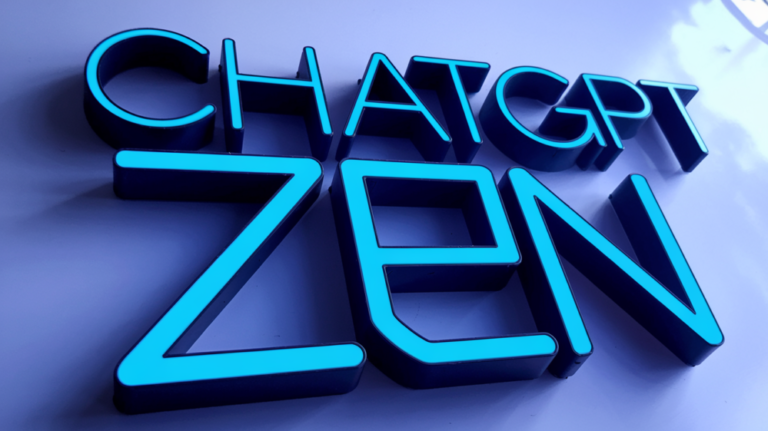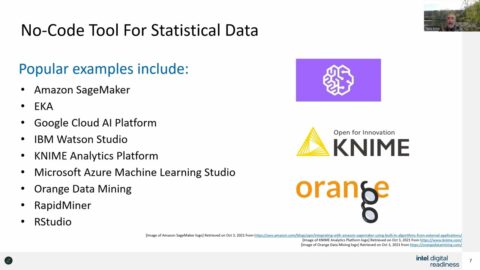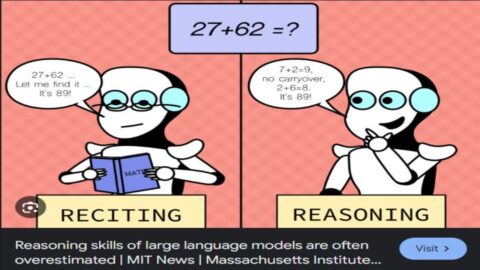Word Embeddings in Transformer Neural Networks; like GPT-3, BERT, BARD & CharGPT.
Welcome to word embeddings in sixty seconds! If you've ever worked with NLP, you've come across word embeddings. But what are they, and why are they so useful?
Computers don’t understand words, they only understand scalars, vectors matrices and tensors.
Word embeddings are a way of representing words as numeric vectors. By converting words into vectors, we can process them using math and apply them in machine learning algorithms. Word embeddings can capture the meaning of words and their relationships to other words, making them an invaluable tool for tasks like classification, translation, and sentiment analysis.
So how are word embeddings generated? One popular method is called Word2Vec, which uses a neural network to learn the relationships between words based on their context. It puts words in a multi-dimensional space with words that have similar meanings close to one another.
By using word embeddings, we can unlock the power of natural language processing and better understand the meaning behind the words we use every day. There you have it, word embeddings in sixty seconds!
=========================================================================
Link to introductory series on Neural networks:
Lucidate website: …
YouTube: …
Link to intro video on 'Backpropagation':
Lucidate website: …
YouTube:
'Attention is all you need' paper –
=========================================================================
Transformers are a type of artificial intelligence (AI) used for natural language processing (NLP) tasks, such as translation and summarisation. They were introduced in 2017 by Google researchers, who sought to address the limitations of recurrent neural networks (RNNs), which had traditionally been used for NLP tasks. RNNs had difficulty parallelizing, and tended to suffer from the vanishing/exploding gradient problem, making it difficult to train them with long input sequences.
Transformers address these limitations by using self-attention, a mechanism which allows the model to selectively choose which parts of the input to pay attention to. This makes the model much easier to parallelize and eliminates the vanishing/exploding gradient problem.
Self-attention works by weighting the importance of different parts of the input, allowing the AI to focus on the most relevant information and better handle input sequences of varying lengths. This is accomplished through three matrices: Query (Q), Key (K) and Value (V). The Query matrix can be interpreted as the word for which attention is being calculated, while the Key matrix can be interpreted as the word to which attention is paid. The eigenvalues and eigenvectors of these matrices tend to be similar, and the product of these two matrices gives the attention score.
=====================================================================
#ai #artificialintelligence #deeplearning #chatgpt #gpt3 #neuralnetworks #attention #attentionisallyouneed


 #AyushMore #funny #shorts
#AyushMore #funny #shorts








